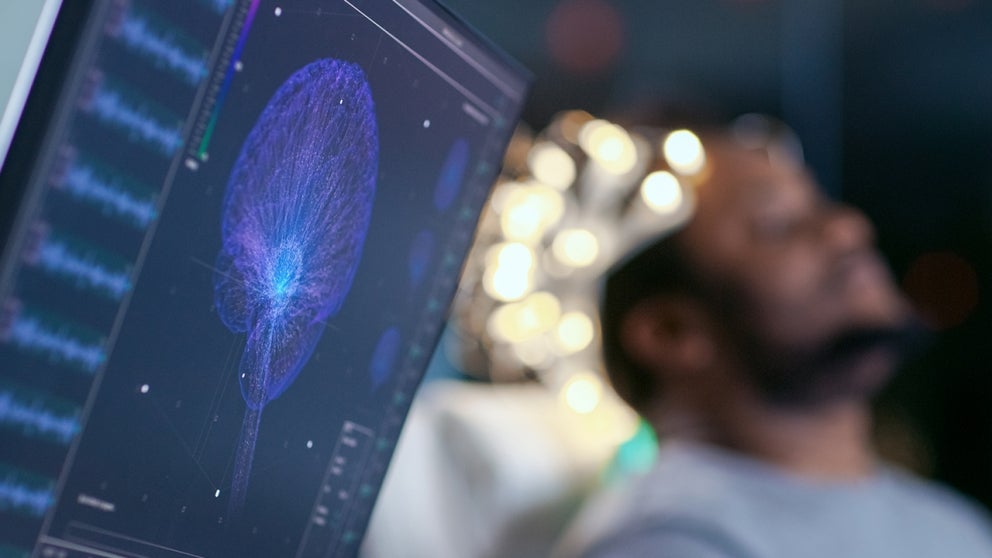
Study Provides New Insight Into Traumatic Brain Injuries

Understanding how the brain reacts to acceleration is essential to designing more effective protective equipment and strategies for preventing traumatic brain injury, or TBI.
Data and analysis that illuminates how a healthy brain acts under rotational movement was recently published by a multidisciplinary team that includes first author Deva Chan, assistant professor of biomedical engineering, in the Journal of Biomechanical Engineering. The quality and impact of the work was recognized by the American Society of Mechanical Engineers, which recently awarded the team the 2018 Richard Skalak Award for best paper.
Most TBI models and simulation studies are based on data from cadavers, Chan says, but there is a disconnect between what researchers can learn from donated tissues and what actually happens in a living human where tissues are interacting and blood is actively flowing. That’s why this study was so impactful.
“On the experimental end, it really helps us to understand the healthy brain and how it reacts,” says Chan, who is also a member of the Center for Biotechnology and Interdisciplinary Studies. The research facility embodies The New Polytechnic, a model for education and research that emphasizes collaboration across disciplines in order to solve life science challenges.
Chan, along with a team of researchers from the Henry M. Jackson Foundation for the Advancement of Military Medicine, Washington University in St. Louis, and the National Institutes of Health Clinical Center, looked at the brains of 34 healthy adult volunteers using noninvasive imaging as they went through controlled, rotational movement under low acceleration — approximately a tenth of what someone would experience heading a soccer ball.
“We were able to see how the brain moves after the head has stopped moving,” Chan says. “A lot of the injuries that occur are the skull stopping and then the brain hitting parts of the skull and also moving around within the skull. These are things we can’t see on the outside.”
Chan continued to work with the collaborative team and analyzed the image data she and others collected. She says it will provide critical information to experts who create computational models to study the brain and TBI.
Chan says this information could be used to design better helmets for soldiers or safer restraint systems for cars — ones that are created with a living brain in mind.















